




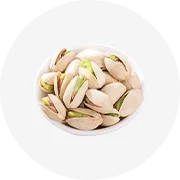

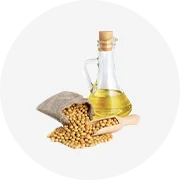
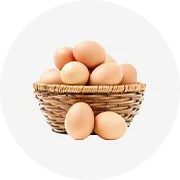
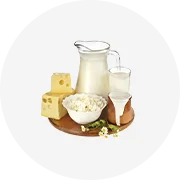
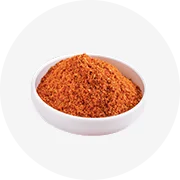
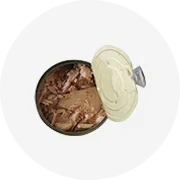
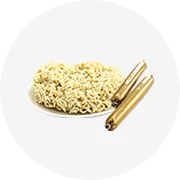

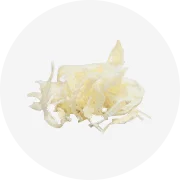
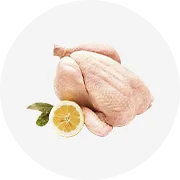

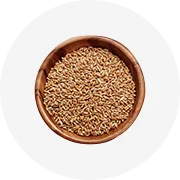
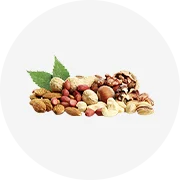

Curry paste stands as a cornerstone in the culinary world, offering a tapestry of flavors to a myriad of dishes. This concentrated blend of herbs and spices is the heartbeat of many Asian cuisines, particularly Thai and Indian. It brings depth, heat, and complexity to recipes, transforming simple ingredients into rich, aromatic meals.
The diversity of curry paste is evident in its many types, each with a unique flavor profile. Thai green curry paste is known for its vibrant color and fresh, spicy kick, primarily used in chicken and vegetable dishes. Red curry paste, often used in Thai red curry, offers a more robust heat and is versatile enough for meat, seafood, and vegetarian dishes. For those seeking milder flavors, yellow curry, with its turmeric and gentle spices, is an excellent choice. Massaman curry paste and panang curry paste bring a Thai twist to the table, with a nuttier, sweeter taste that pairs well with meats like beef and lamb.
Curry paste is not just limited to curries; it's a dynamic ingredient that can be used in various ways. Incorporating thai curry paste into marinades can elevate the taste of grilled meats, while a dollop of green curry paste can intensify soups and stews. Creative chefs can even blend red curry paste into burger patties for an unexpected flavor twist. The application of curry paste extends beyond traditional uses, making it a valuable addition to any kitchen.
Opting for ready-to-use curry paste ensures consistency in flavor and quality, which is crucial for businesses aiming to maintain a standard taste profile. The convenience of pre-made pastes like thai green curry paste and red curry thai saves significant preparation time, allowing chefs to focus on crafting the perfect dish. Moreover, the shelf-stable nature of these pastes simplifies storage and inventory management, ensuring that a flavorful base is always at hand.
Quality curry pastes are composed of natural ingredients such as herbs, spices, aromatics, and sometimes shrimp paste or fish sauce for added umami. The intricate process of making thai green curry paste involves grinding these components into a fine, homogenous mixture that captures the essence of the raw ingredients. This process is mirrored in the creation of other pastes, ensuring that the final product is a concentrated flavor enhancer for a variety of dishes.
For culinary professionals, the use of curry paste is a strategic choice. It not only streamlines the cooking process but also ensures a level of flavor complexity that might otherwise require extensive time and skill to achieve. Whether it's a robust massaman curry paste or a tangy tikka masala sauce, these pastes are a testament to the rich traditions of Asian cuisine, ready to be explored and enjoyed in countless dishes.